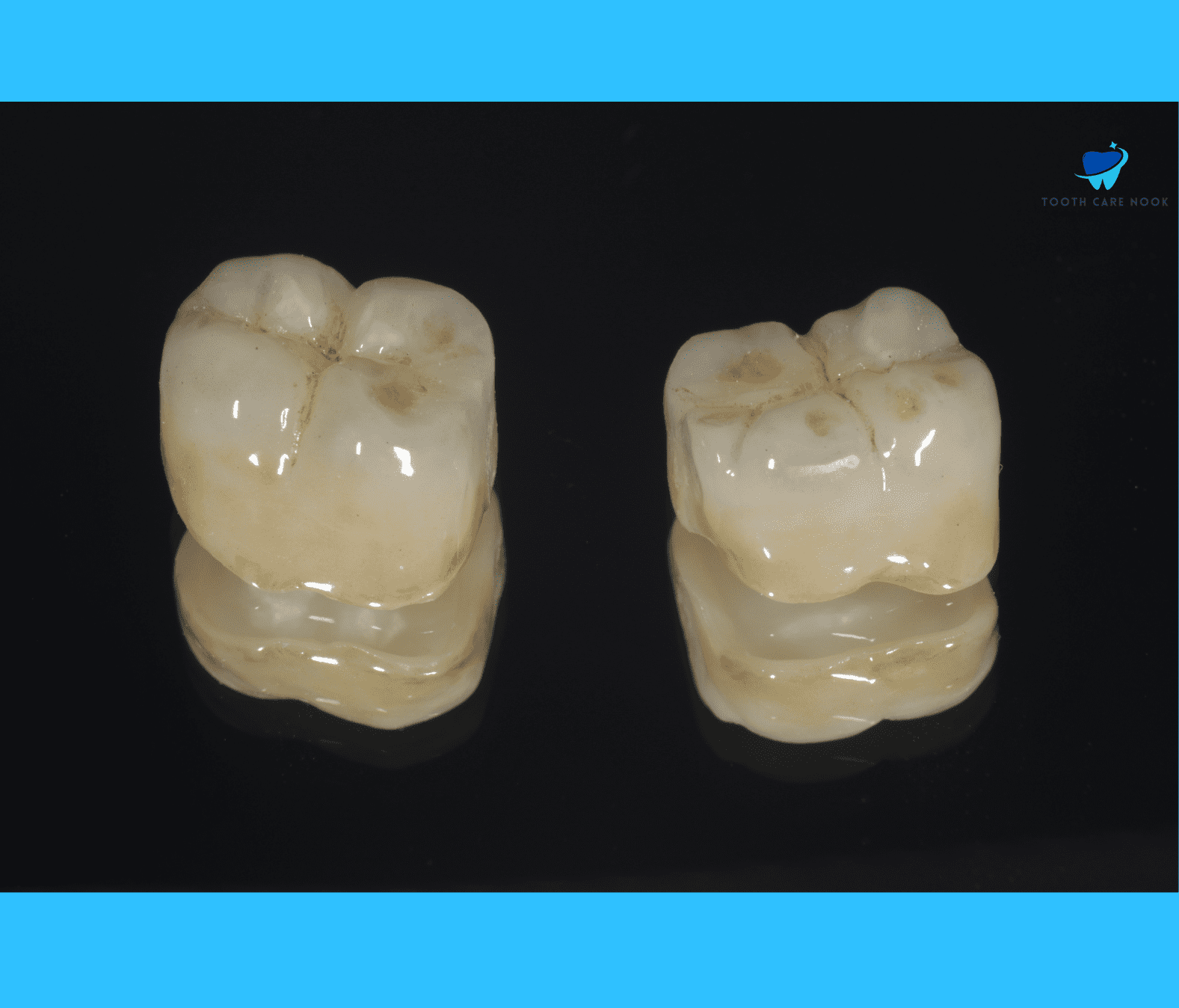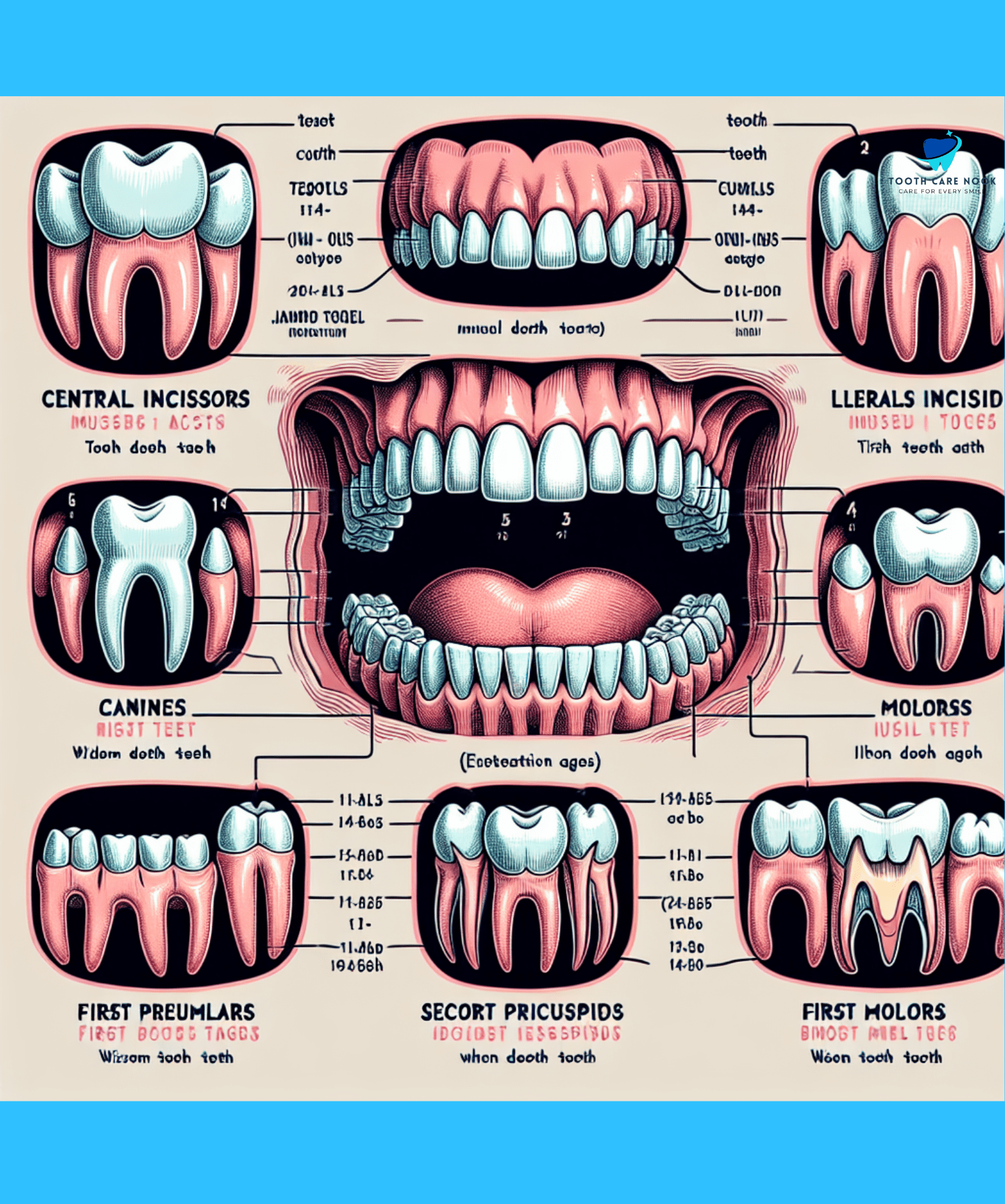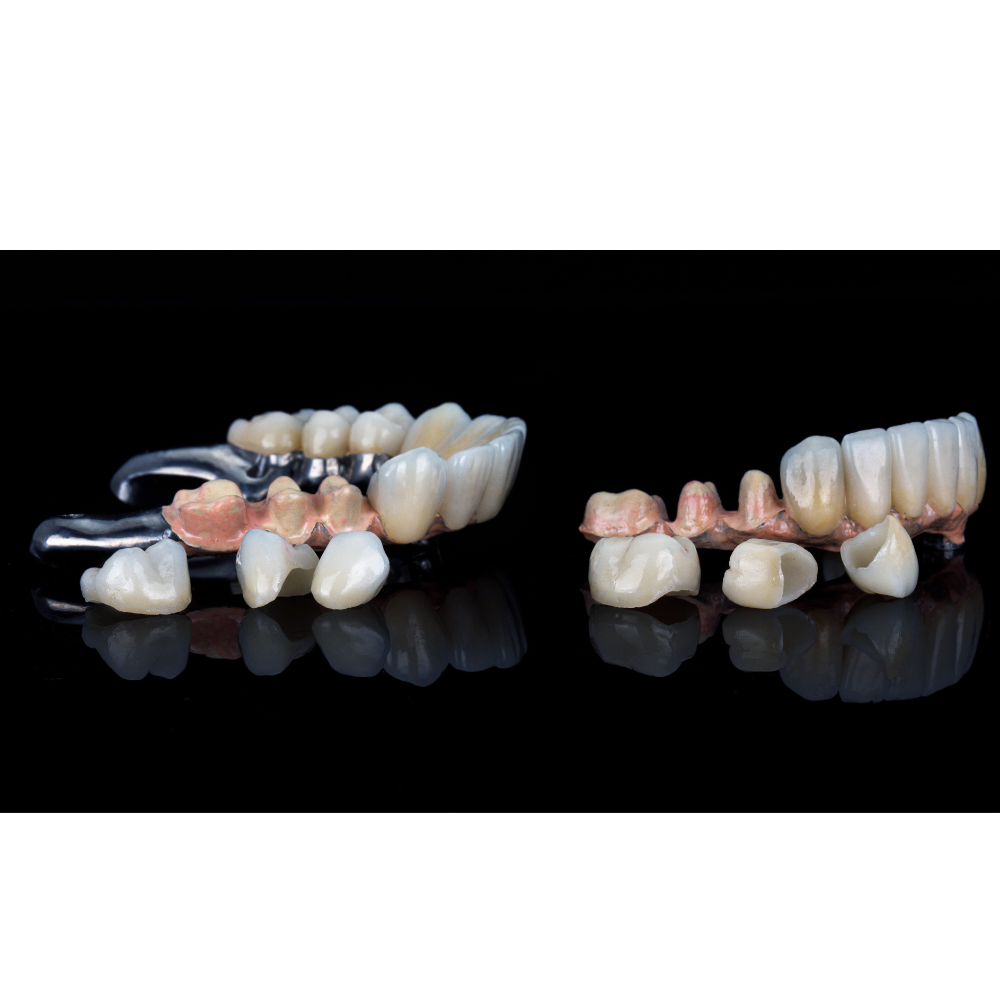Different Shaped Teeth | A Comprehensive Guide
Teeth are uniquely structured to handle specific tasks. Beyond their functional roles, the shapes of your teeth also play a significant part in your overall facial aesthetics and speech.
In the United States, where dental aesthetics often hold significant importance, understanding the variations of different tooth shapes is particularly relevant. Here you will get to know about the various types of teeth and their shapes. Let’s start with knowing the main differently shaped teeth.
Different Shaped Teeth
Each of your differently shaped teeth serves a distinct purpose in chewing, biting, and maintaining oral health. Let’s learn about the main types of teeth and the functions of each type.
What Are The Four Types of Teeth?
The following are four kinds of teeth:
Molar Shape:
Molars are the largest and strongest teeth located at the back of the mouth. They are characterized by their broad, flat surfaces and multiple cusps.
The function of the Molars:
- Molar-shaped teeth are designed for grinding and crushing food into smaller particles.
- Their robust structure and multiple cusps enable them to withstand the significant forces involved in chewing.
- Molars play an important role in the mechanical breakdown of food, facilitating digestion and nutrient absorption in the digestive tract.
Incisor Shape:
Incisors are the front teeth in the mouth which are characterized by their thin, sharp edges and flat biting surfaces.
Function of the Incisors:
- Incisors are primarily responsible for cutting and slicing food during the initial stages of chewing.
- Their function is biting into food and tearing it into smaller, manageable pieces.
Canine shape:
Canines are also called pointy teeth located next to an incisor, and it is distinguished by their longer and sharper shape.
Function of The Canines:
- Canines serve to grip and tear food, especially tougher items like meat.
- Their pointed shape and strong roots make them effective in puncturing and tearing food during the chewing process.
Premolar shape:
Premolars are larger than incisors and canines, with two cusps on their biting surface.
Function of The Premolars:
- Premolars assist in grinding and crushing food into smaller pieces which prepares it for further digestion.
- They have a broader surface area compared to incisors and canines which makes them efficient for chewing and processing food.

What Are The Names of Teeth?
Bottom Teeth Names:
Another name for bottom teeth is mandibular teeth. They include all the four types of teeth.
Top Teeth Names:
The top teeth are also referred to as the maxillary teeth. They also consist of all the four types of teeth.
Back Teeth Names:
The back teeth, situated toward the rear of the mouth, encompass the premolars and molars. These teeth are important for grinding and crushing food during the chewing process.
Front Teeth Names:
The front teeth include the incisors and canines. The 2 front teeth are collectively known as the central incisors. Positioned at the very front and upper part of the mouth. These 2 front teeth are easily identifiable due to their prominent location and distinct shape.
What is A Flat Tooth
A flat tooth refers to a tooth that has lost its natural contours and has a flattened appearance on its chewing surface. This flattening can occur due to various factors which include bruxism, erosion from acidic foods or beverages, or tooth decay.
Flat teeth can affect the work of bite and contribute to problems such as difficulty chewing, jaw pain, and temporomandibular joint disorders. The loss of enamel on flat teeth exposes the underlying dentin layer which increases the risk of sensitivity to hot, cold, or sweet foods and drinks.
How To Avoid Flat Tooth
You can implement the following preventive measures to avoid flat teeth:
- To avoid bruxism wear a custom-fitted night guard to protect your teeth from excessive wear and prevent the development of flat spots.
- Consider incorporating calcium and vitamin D supplements into your diet, as these nutrients are essential for maintaining strong teeth and supporting enamel remineralization.
- Refrain from using tobacco products, as they not only stain teeth but also increase the risk of gum disease and contribute to enamel erosion which leads to flat teeth over time.
- Do not use your teeth as tools for opening packages or biting on hard objects, as this can lead to chips, cracks, or flattening of the teeth.
What are Teeth Name

FAQs
What is The Rarest Teeth Shape?
The rarest teeth shape is peg-shaped or microdont teeth. This dental anomaly is characterized by unusually small or undersized teeth, which can resemble pegs in shape. They can occur due to various factors which include genetic inheritance, congenital conditions such as ectodermal dysplasia, or environmental influences during tooth development.
How Many People in The US Have Crooked Teeth?
In the United States, it is estimated that up to 9 out of 10 persons have some degree of crooked teeth. A study published in the Journal of the American Dental Association found that nearly one-third of Americans are dissatisfied with the appearance of their teeth, with crooked teeth being a common concern.
Why Do I Only Have 28 Teeth?
Having 28 teeth instead of the usual 32 could be due to a condition called hypodontia, where some teeth don’t develop fully. It’s common and it can happen because of genetics or during development. Usually, the missing teeth are the wisdom teeth or other ones like premolars and incisors.
What Causes Weird-Shaped Teeth?
Factors like genetics, developmental conditions, and environmental influences can cause weird-shaped teeth. Genetic factors play a significant role in determining the size, shape, and structure of teeth. Environmental factors such as trauma or infection during tooth development can also impact tooth morphology.



